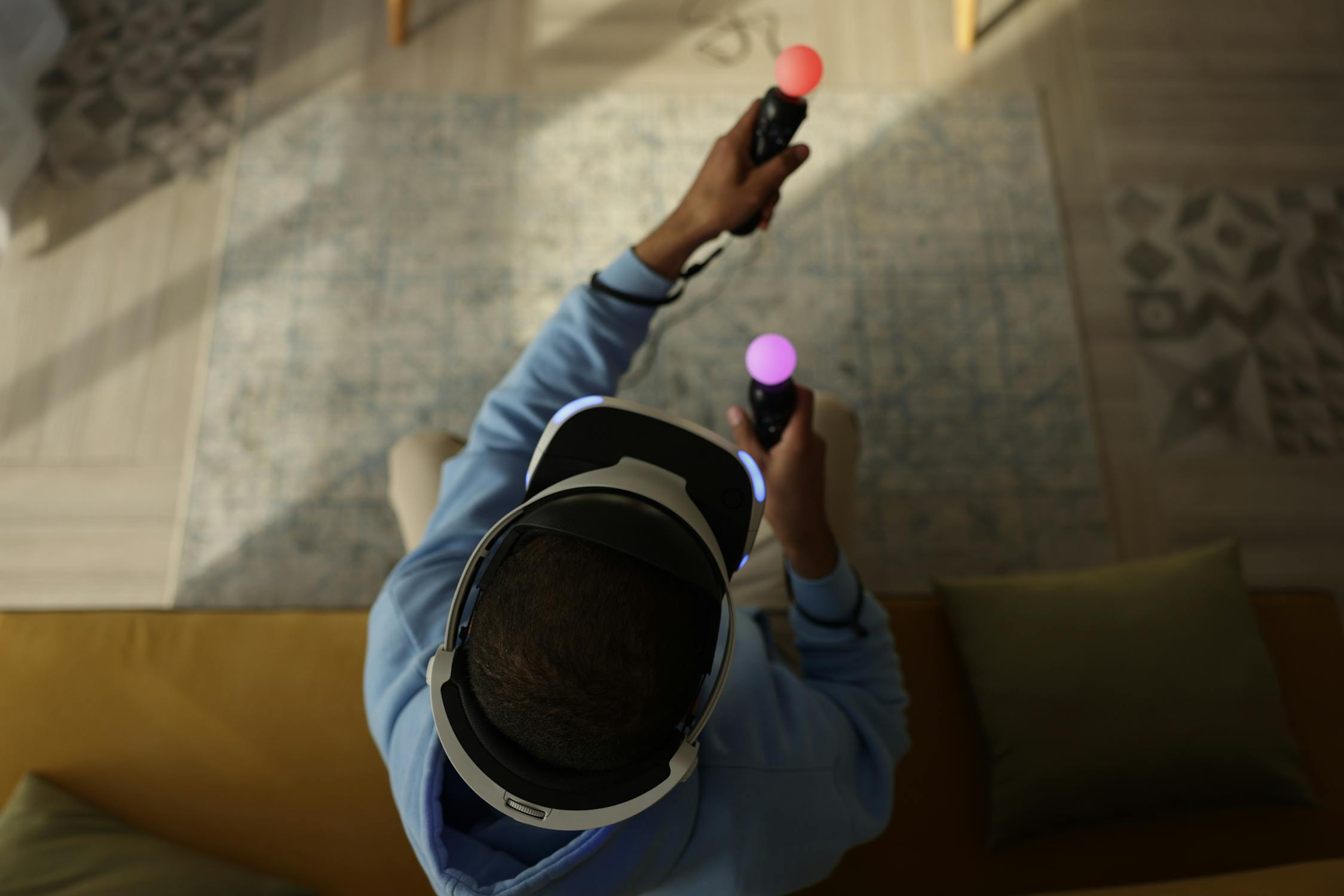Introduction
What is extended reality?

Extended Reality (XR) represents the next evolution in human-computer interaction, merging the physical and digital worlds through immersive technologies. As an umbrella term, XR encompasses Virtual Reality (VR), Augmented Reality (AR), and Mixed Reality (MR)—each offering unique ways to experience and interact with digital content. Whether fully transporting users into virtual environments, enhancing real-world surroundings with holographic overlays, or blending both for interactive hybrid experiences, XR is reshaping how we learn, work, play, and connect.
Extended Reality
Extended Reality, or XR, is a collective term that refers to technologies that blend the digital and physical worlds. It includes Virtual Reality (VR), Augmented Reality (AR), Mixed Reality (MR), and any experience that falls along this immersive spectrum. XR is essentially “reality-plus” tech—it modifies the traditional screen interface between humans and computers, using displays to enhance how we see, hear, and interact with the world. The term "XR" dates back to the 1960s, when Charles Wyckoff used it to name his patented silver-halide “XR” film, created to capture extremely bright events like nuclear explosions. While the meaning has shifted dramatically since then, the name has endured. Today, XR has become mainstream as tech companies build new ways to interact with digital environments. Whether it's gamers stepping into a fully virtual world via headsets (VR), or seeing digital characters appear in your neighborhood through apps like Pokémon Go (AR), XR technologies are redefining entertainment, education, healthcare, and industry.
- Virtual Reality: VR immerses users completely in a computer-generated environment, cutting them off from the real world.
- Augmented Reality: AR overlays digital elements—like visuals, audio, or holograms—onto a live view of the real world.
- Mixed Reality: MR allows digital content to interact with the real world in real time, combining features of both AR and VR.
Augmented Reality
Augmented Reality (AR) enhances the real world by overlaying digital content—like images, animations, or information—on top of what you see through your phone’s camera. On mobile devices, AR transforms your surroundings into an interactive layer of digital experiences, whether it's placing virtual furniture in your living room, catching Pokémon in the park, or guiding you step-by-step through a repair with on-screen instructions.
Mobile AR typically works through apps that use your phone’s camera, sensors (like GPS and accelerometers), and screen to detect your environment and place digital elements in real time. It’s accessible, doesn’t require extra hardware, and is already integrated into devices most people use every day.
There are two main types of mobile AR:
- Marker-based AR: This uses your phone’s camera to recognize a specific image or pattern (like a QR code or poster) and then anchors digital content to it—kind of like scanning a label to bring it to life.
- Marker-less AR: Also called spatial or location-based AR, this doesn't rely on fixed images. Instead, it uses your device’s motion sensors and GPS to place digital objects into the environment, even as you move around. Think of using your phone to preview how a new couch fits in your room or to navigate through a museum with virtual guides.
Thanks to tools like ARKit (iOS) and ARCore (Android), mobile AR is now easier to build and use than ever. Platforms like Unity's ARFoundation make it possible for developers to create cross-platform AR apps with a single codebase, allowing more people to experience AR directly from their smartphones—no headset required.